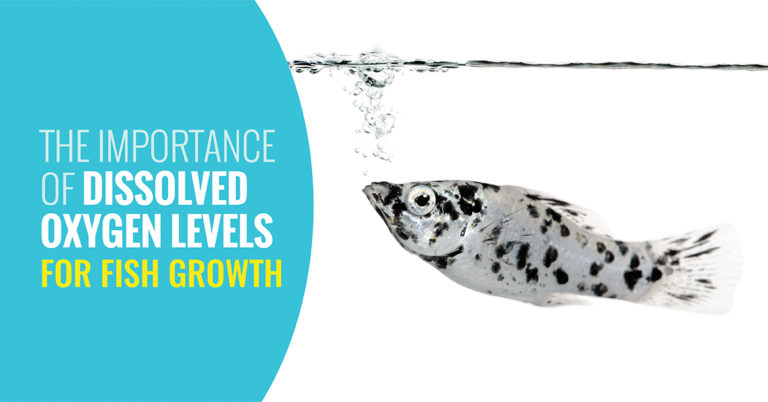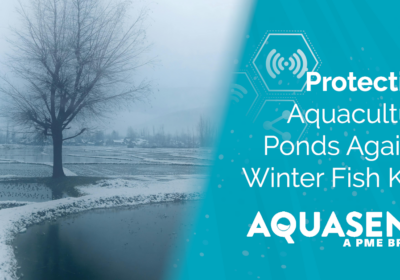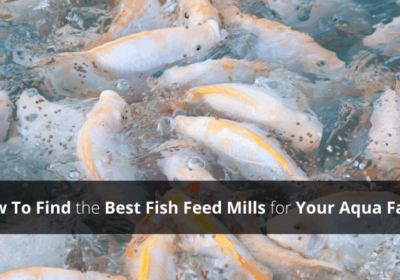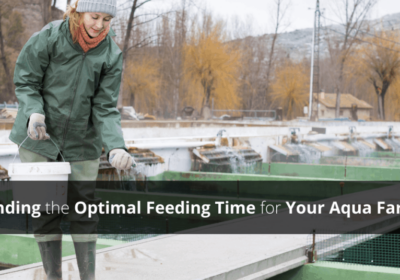The Importance of Dissolved Oxygen Levels for Fish Growth

Fish breathe oxygen just as we do, so dissolved oxygen (DO) is a critical environmental indicator in aquaculture. Depleted DO is the leading cause of fish kills, and fish farmers know that low-oxygen conditions are their worst enemy. Low DO saturation can be caused by a host of factors:
- High water temperatures
- Atmospheric conditions
- Stratification and pond turnover
- Harmful algal blooms
DO levels tend to drop during the night and are lowest right before dawn. Depending on the size and sophistication of the aquaculture operation, farmers may either sample fish pen water at intervals throughout the night, or measure in the evening and morning, making projections for how far DO levels will dip overnight. If measurements or projections show dangerously low DO, aeration systems may be turned on.
These methods may be enough to prevent fish mortality, but real-time, automated monitoring systems can preserve an optimum DO saturation. And the right DO levels can boost a farmer’s bottom line.
DO is About More Than Fish Kills
Maintaining the right DO saturation is about more than preventing mortality. Lower non-lethal DO levels can negatively impact fish health and reduce fish appetite and growth. Once DO saturation drops below a level known as the critical oxygen tension, fish begin to lose their appetites.
According to a 1999 Texas A&M study published in the journal Aquaculture, critical oxygen tension for channel catfish is around 70% saturation and has been observed to be similar for other species. Mortality only occurs when DO saturation drops much lower, nearer to 30% saturation.
Keeping your tanks above the critical oxygen threshold for your species of fish is important, but consistent monitoring can go even further to ensure you are maximizing your stock’s growth potential.
100% Oxygen Saturation = Bigger, Healthier Fish
In a 2007 case study published by the United Nations University Fisheries Training Programme, Tanzanian fisheries managers reported the highest feed conversion ratio (weight gained from feed) for Atlantic halibut to be between 80% and 120% oxygen saturation. The study, available here, also demonstrated that higher oxygen saturations (supersaturation) negatively impact fish appetite.
The Texas A&M study also noted that the relationship between DO saturation and fish weight seen in channel catfish was consistent with results seen in largemouth bass, common carp, coho salmon, northern pike, and brook trout.
A good rule of thumb is to keep DO saturation as close to 100% as possible, or even a little supersaturated, for optimum fish appetite and feed conversion ratio.
The Value Proposition for Consistent Monitoring
For farmers who not only want to prevent fish kills, but also want to maximize fish growth and preserve the health of their stock, 24-7 monitoring systems are the best way to ensure temperature and DO saturation stay at ideal levels.
Learn about how our real-time water-quality management buoy, the Aquasend Beacon™, can bring a breath of fresh air to your farm.


